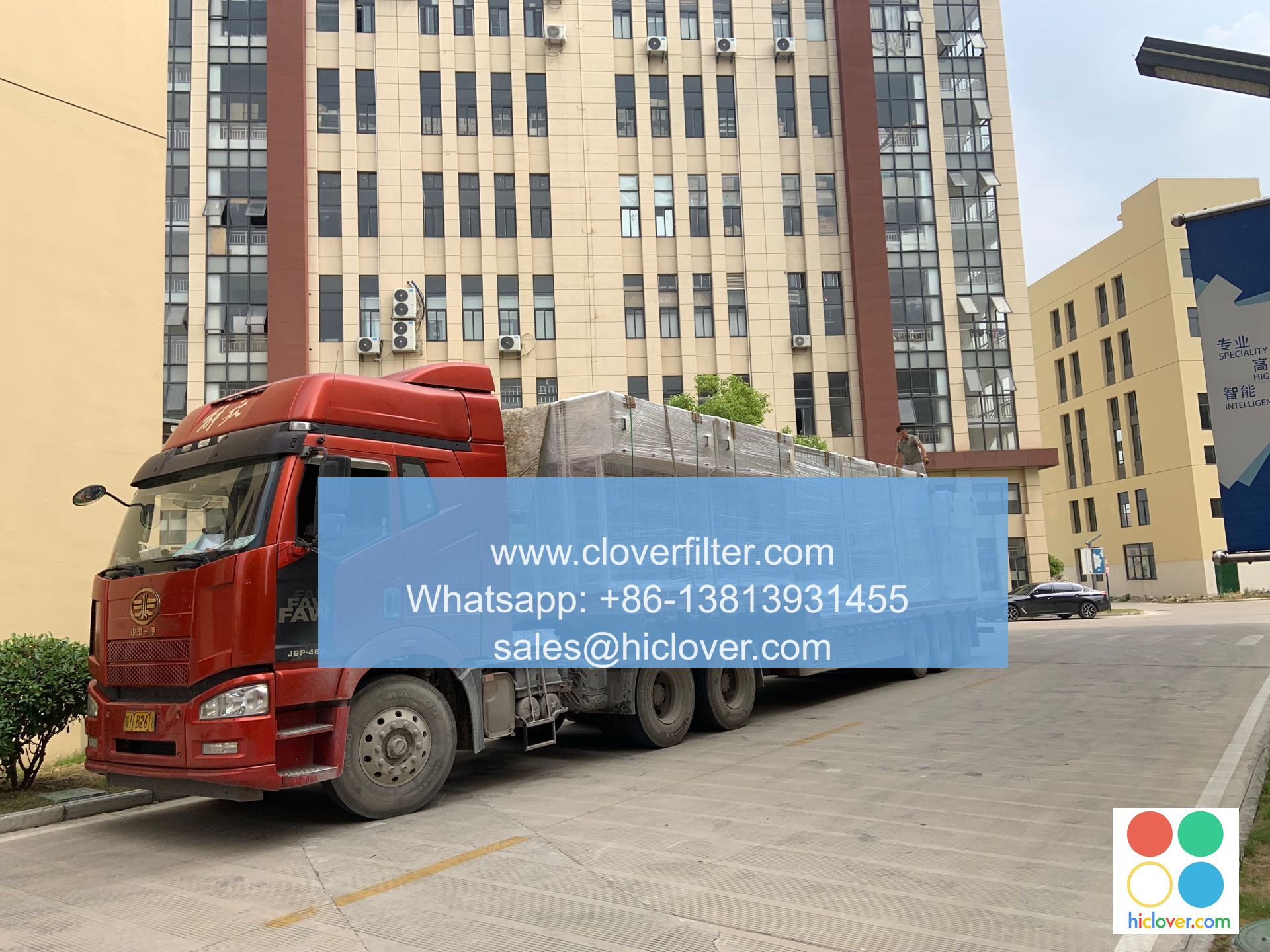MERV 13 vs. MERV 11: What’s the Difference?

Understanding the Difference between MERV 11 and MERV 13: A Guide for Homeowners and Facility Managers
When it comes to air filtration systems, you may have come across MERV 11 and MERV 13 ratings. But what exactly do they mean, and how do they differ? In this article, we’ll explore the key differences between MERV 11 and MERV 13 filters, and highlight their applications in various settings.
What is MERV Rating?
MERV (Minimum Efficiency Reporting Value) is a standardized rating system used to measure the efficiency of air filters in capturing airborne particles. The MERV rating scale ranges from 1 to 16, with higher numbers indicating higher filtration efficiency. In this article, we’ll focus on the most popular MERV ratings: MERV 11 and MERV 13.
MERV 11: A Good All-Purpose Filter
MERV 11 filters are designed to capture 91.0% of particles as small as 3.3 microns in size, including dust, pollen, and pet dander. They are a good all-purpose filter, suitable for most residential and commercial applications. MERV 11 filters are often used in:
- Residential homes, especially for allergy sufferers or pet owners
- Small to medium-sized commercial buildings, such as offices or restaurants
- Hospitals, schools, and other institutions where general air cleaning is required
MERV 13: A Higher-End Filter for Enhanced Air Quality
MERV 13 filters, on the other hand, are designed to capture 95.2% of particles as small as 1.0 microns in size, including:
- Silt, dust, and pollen
- Intermediate-level pollutants like dust mites, mold spores, and bacteria
- Some very fine dust, smoke, and pet dander
MERV 13 filters are ideal for:
- High-traffic commercial buildings, such as shopping malls or hospitals, where a higher level of air quality is required
- Residential areas with high levels of air pollution, such as near industrial sites or pollution-prone cities
- Facilities with sensitive environments, such as laboratories, cleanrooms, or data centers
Key Differences between MERV 11 and MERV 13
Here are the key differences between MERV 11 and MERV 13 filters:
- Filtration Efficiency: MERV 13 filters are designed to capture smaller particles, including bacteria and some smoke, whereas MERV 11 filters are geared towards capturing larger particles, like dust and pollen.
- Particle Size: MERV 11 filters capture particles as small as 3.3 microns, while MERV 13 filters capture particles as small as 1.0 microns.
- Application Areas: MERV 11 filters are suitable for general air cleaning, while MERV 13 filters are designed for high-impact air quality applications, such as commercial or industrial settings.
Conclusion
In conclusion, MERV 11 and MERV 13 filters are both valuable tools for maintaining clean air quality, but they cater to different needs and environments. MERV 11 filters are a good all-purpose option for residential and small-scale commercial applications, while MERV 13 filters are designed for higher-performance applications that require enhanced air quality. By understanding the differences between MERV 11 and MERV 13, you can choose the right filter for your specific needs, ensuring optimal indoor air quality and a healthier environment.
I’m happy to help! However, it seems like you didn’t provide a prompt. Could you please provide me with a topic, question, or task you’d like me to assist you with? I’m here to help with any questions or chat with you on a wide range of topics!


